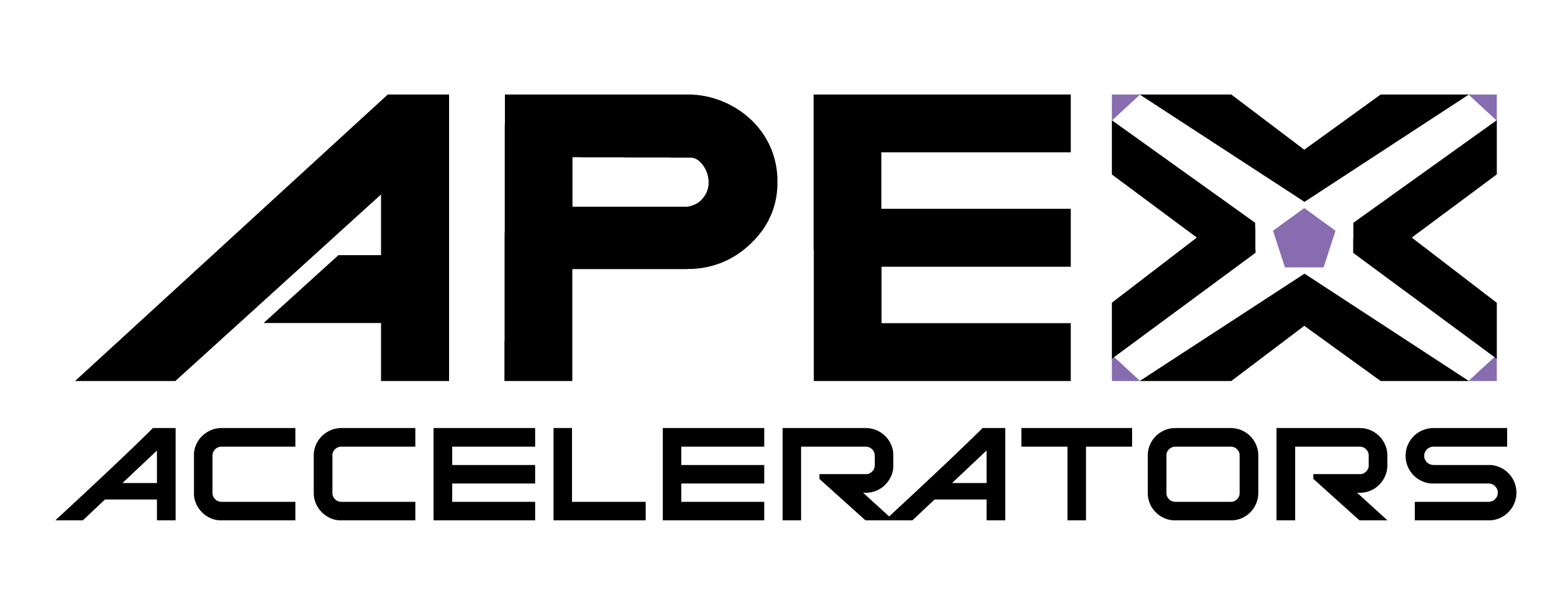BUSHING, SLEEVE
Looking for contract opportunity help?
APEX Accelerators are an official government contracting resource for small businesses. Find your local APEX Accelerator (opens in new window) for free government expertise related to contract opportunities.
APEX Accelerators are funded in part through a cooperative agreement with the Department of Defense.
The APEX Accelerators program was formerly known as the Procurement Technical Assistance Program (opens in new window) (PTAP).
General Information
- Contract Opportunity Type: Solicitation (Updated)
- Updated Published Date: Dec 27, 2023 08:51 am HST
- Original Published Date: Dec 19, 2023 12:32 pm HST
- Updated Date Offers Due: Jan 05, 2024 11:00 am HST
- Original Date Offers Due: Dec 20, 2023 11:00 am HST
- Inactive Policy: Manual
- Updated Inactive Date: Jan 05, 2024
- Original Inactive Date: Dec 20, 2023
- Initiative:
- None
Classification
- Original Set Aside:
- Updated Set Aside:
- Product Service Code: 3120 - BEARINGS, PLAIN, UNMOUNTED
- NAICS Code:
- 332991 - Ball and Roller Bearing Manufacturing
- Place of Performance:
Description
To be considered for award, the offeror must complete and submit the attached solicitation# SPMYM4-24-Q-0124 via email to Contracting Officer :wongduean.a.guajardo.civ@us.navy.mil. Quantity required: (see attached). Required delivery date: (see attached).
If the offer is not submitted on the SF 1449, include a statement specifying the extent of agreement with all terms, conditions, and provisions included in the solicitation. Offers that fail to furnish required representations or information, or reject the terms and conditions of the solicitation may be excluded from consideration IAW FAR 52.212-2.
Attachments/Links
Contact Information
Contracting Office Address
- COMPETITIVE SOURCING DIV (DLA-HMD) 667 SAFEGUARD ST SUITE 100
- PEARL HARBOR , HI 96860-5033
- USA
Primary Point of Contact
- Wongduean Guajardo
- wongduean.a.guajardo.civ@us.navy.mil
- Phone Number 80847380004040
Secondary Point of Contact
History
- Jan 05, 2024 06:55 pm HSTSolicitation (Updated)
- Dec 27, 2023 08:44 am HSTSolicitation (Updated)
- Dec 20, 2023 06:55 pm HSTSolicitation (Original)


